As educators prepare syllabi for the semester (and plan for online, on-site, or hybrid classes), contemporary documentary offers ways to ground our multiple, overlapping crises in everyday experience — as well as to frame them within a broader geopolitical context.
Activists, artists, and professional filmmakers use verité-style photography from the streets to capture protests against police brutality across the U.S. and around the world. Docu-diaries convey both the resilience and frustrations of essential workers responding to COVID-19. Co-created music performances and memorials, which were certainly not envisioned as a central application for video conference technology, build communities of affiliation as well as simulate collective presence. Alternatively, the mass proliferation of conspiracy videos such as Plandemic (Mikki Willis 2020) signals the dangers of disinformation.
Exploring the long history of documentary’s intersections with the natural sciences, journalism, grassroots cultural production, and struggles for racial justice can help illustrate the contentious role media plays in shaping our present moment.
Educators may draw on the following open-access online archives and key texts to expand their film, communication, and media studies syllabi. These resources also offer some building blocks for designing new courses such as “Mass Media and Public Health,” “Global Ecocinema,” “Digital Journalism in the Age of ‘Fake News,’ ” and “Documenting Black Lives Matter: the Street, the Screen, and the Archive.”
Nonfiction imagery has played a critical part in narrativizing contagion and the human body. For audio-visual materials, check out the National Institute of Health’s Library of Medicine, Films & Videos Collection, along with the Wellcome Library’s Moving Image and Sound Collection.
For books, see:
- Health Education Films in the Twentieth Century (Christian Bonah, David Cantor, Anja Laukotter, eds. 2018);
- AIDS TV: Identity, Community, and Alternative Video (Alexandra Juhasz, 1995);
- Cinematic Prophylaxis: Globalization and Contagion in the Discourse of World Health (Kirsten Ostherr, 2005), and
- Picturing Medical Progress from Pasteur to Polio: A History of Mass Media Images and Popular Attitudes in America (Bert Hansen, 2009).
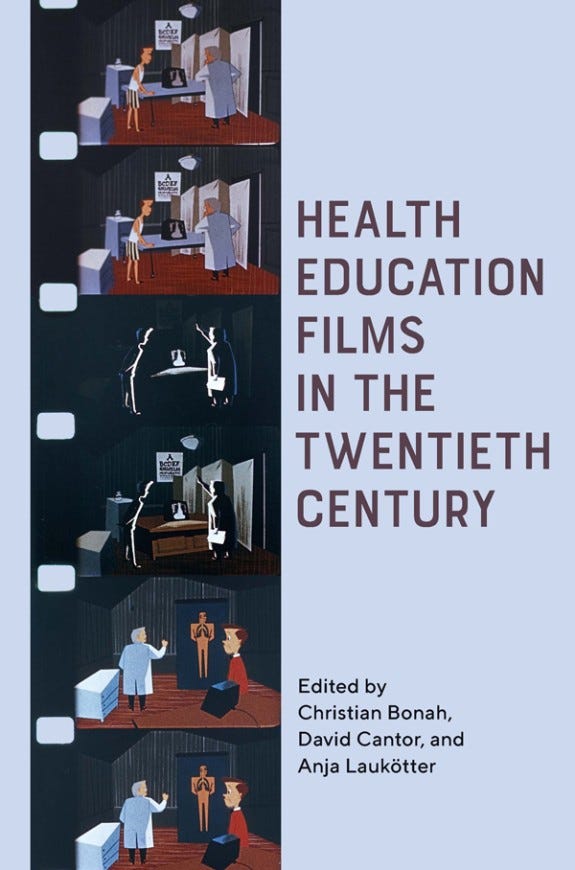
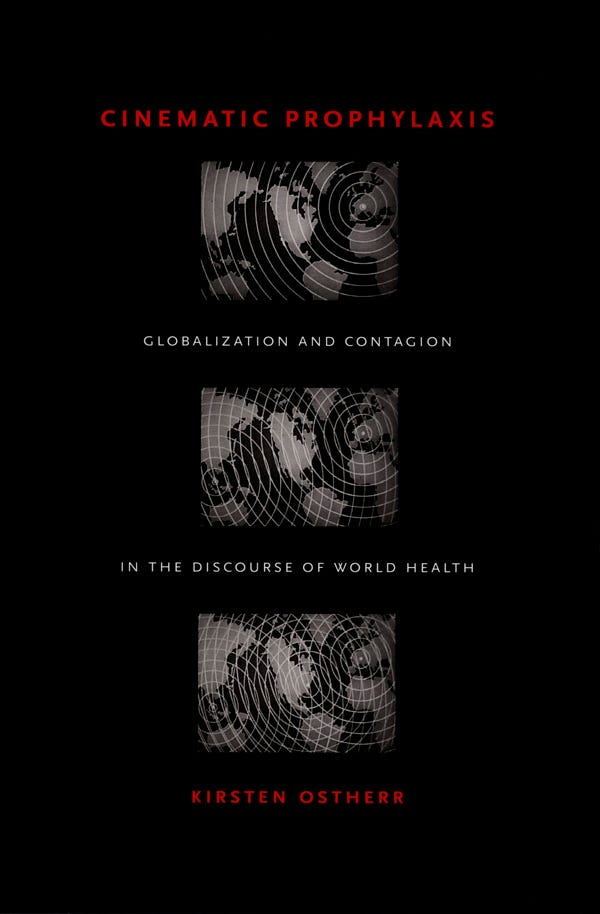
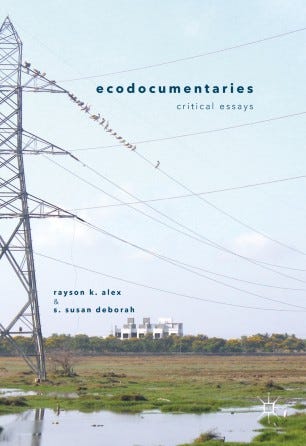
While “nature films” traditionally offer spectacular images of “exotic” locales, ecocinema aims to reorient people’s sensory relationship to the natural and built environment. It constitutes a rallying cry for the climate justice movement and a new way of understanding the materiality of cinema. For documentaries to stream, see the American Archive of Public Broadcasting’s “Earth and Environment” collection and the Climate Change Conversations exhibit, Films for Action’s “Climate Change” collection, and the holdings of the Global Environmental Justice Documentaries Project.
For books, check out:
- Ecodocumentaries: Critical Essays (Rayson K. Alex, and S. Susan Deborah, eds. 2016),
- The Environmental Documentary: Cinema Activism in the 21st Century (John A. Duvall, 2017),
- Green Documentary: Environmental Documentary in the 21st Century (Helen Hughes, 2014), and
- Transnational Ecocinema (Pietari Kääpä and Tommy Gustafsson, 2013).
Community media and co-creative design push against the idea of the auteur, opting instead for a participatory practice. Whether mobilizing legacy models or emerging forms of networked communication, community media emphasizes that stakeholders within a neighborhood are represented both in front of and behind the camera.
For books, see:
- Documentary Across Platforms: Reverse Engineering Media, Place, and Politics (Patricia Zimmermann, 2019);
- Collective Wisdom: Co-Creating Media within Communities, across Disciplines, and with Algorithms (Katerina Cizek and William Uricchio, 2019);
- I-Docs: The Evolving Practices of Interactive Documentary (Judith Aston, Sandra Gaudenzi, Mandy Rose, eds., 2017);
- The Interactive Documentary Form: Aesthetics, Practice, and Research (Stefano Odorico, 2020), and
- Design Justice: Community-Led Practices to Build the Worlds We Need (Sasha Costanza-Chock, 2020).
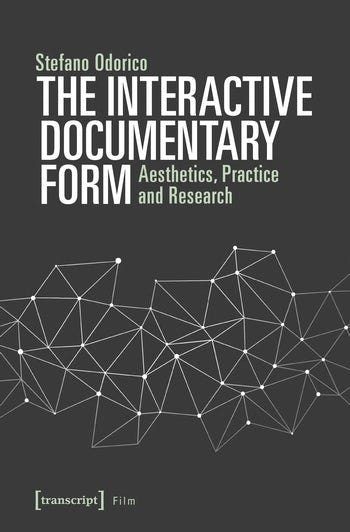
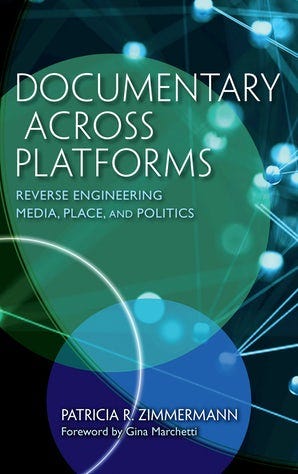
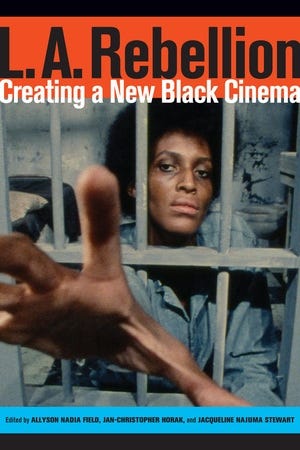
Documentaries by and about Black subjects exist at the center of movements for racial equity and the fight against state violence. The arts of Black Lives Matter draw on a rich history of self-representation and resistance to Hollywood’s effort to commodify or sensationalize Black bodies on screen. Some commercial streamers have been offering limited-time free access to curated selections of black-directed films. Also, see the African American Home Movie Archive.
For books, see:
- Documentary Resistance: Social Change and Participatory Media (Angela Aguayo, 2019);
- LA Rebellion: Creating a New Black Cinema (Allyson Nadia Field, Jacqueline Najuma Stewart, Jan-Christopher Horak, eds., 2015);
- Screening Race in American Nontheatrical Film (Allyson Nadia Field and Marsha Gordon, 2019);
- Contemporary Black American Cinema: Race, Gender and Sexuality at the Movies (Mia Mask, ed., 2012), and
- Sporting Blackness: Race, Embodiment, and Critical Muscle Memory on Screen (Samantha Sheppard, 2020).
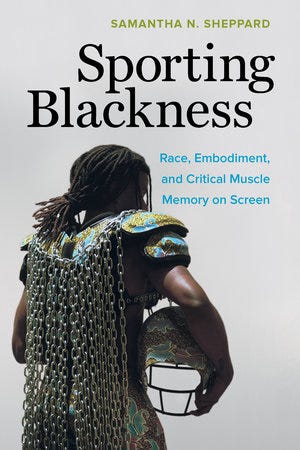
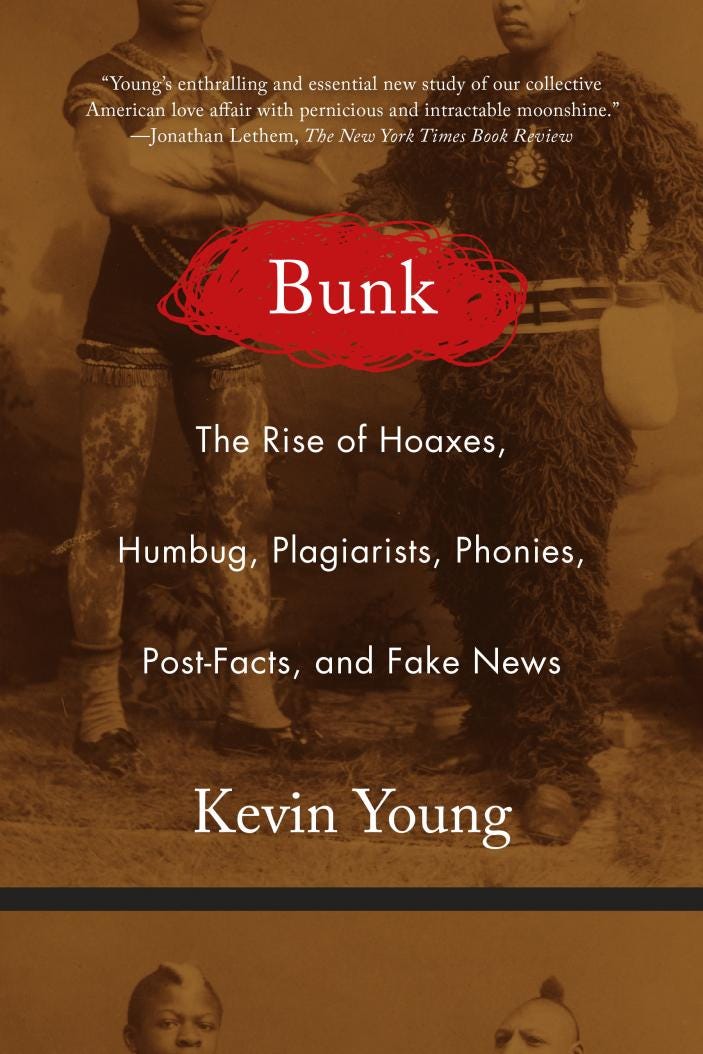
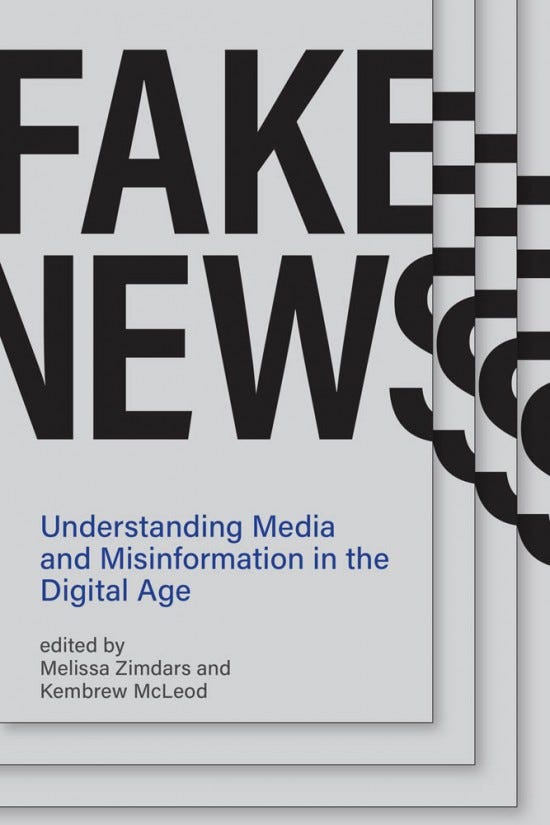
Understanding the rhetorical charge of documentary and why it matters means confronting the disinformation landscape. Maliciously created hoaxes, doctored images, and deepfakes are proliferating across mainstream and fringe media platforms, challenging the credibility of legitimate journalism outlets. For reports and white papers on the current state of disinformation, look into organizations such as Data & Society and Witness.
For books, check out:
- Fake News, Propaganda, and Plain Old Lies: How to Find Trustworthy Information in the Digital Age (Donald A. Barclay, 2018);
- Network Propaganda: Manipulation, Disinformation, and Radicalization in American Politics (Yochai Benkler, Robert Faris, and Hal Roberts 2018);
- Bunk: The Rise of Hoaxes, Humbug, Plagiarists, Phonies, Post-Facts, and Fake News (Kevin Young, 2017);
- Fake News: Understanding Media and Misinformation in the Digital Age (Melissa Zimdars and Kembrew McLeod, eds., 2020), and
- F is for Phony: Fake Documentary and Truth’s Undoing (Alexandra Juhasz and Jesse Lerner, eds 2006).
Immerse is an initiative of the MIT Open DocLab and The Fledgling Fund, and it receives funding from Just Films | Ford Foundation and the MacArthur Foundation. IFP is our fiscal sponsor. Learn more here. We are committed to exploring and showcasing media projects that push the boundaries of media and tackle issues of social justice — and rely on friends like you to sustain ourselves and grow. Join us by making a gift today.